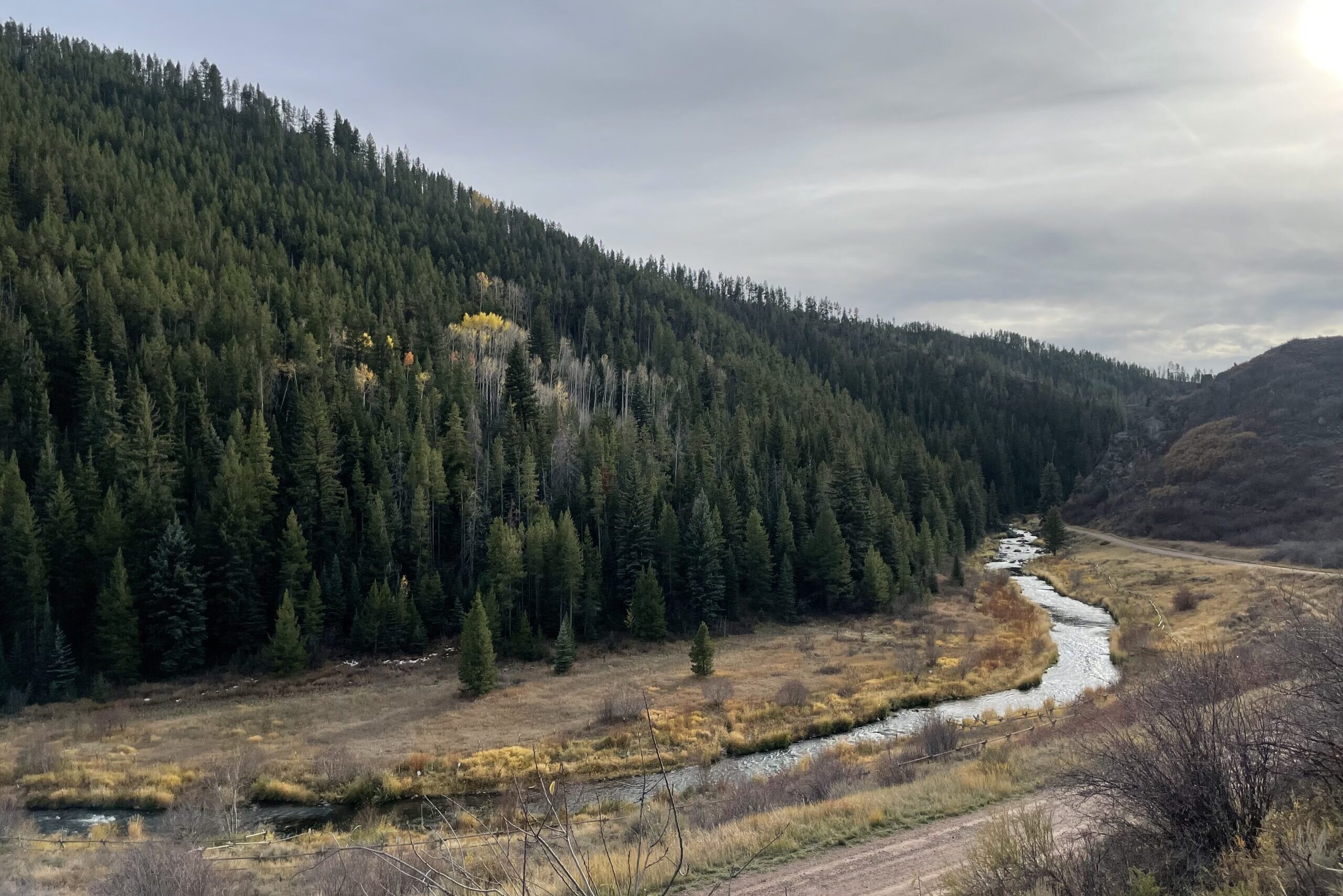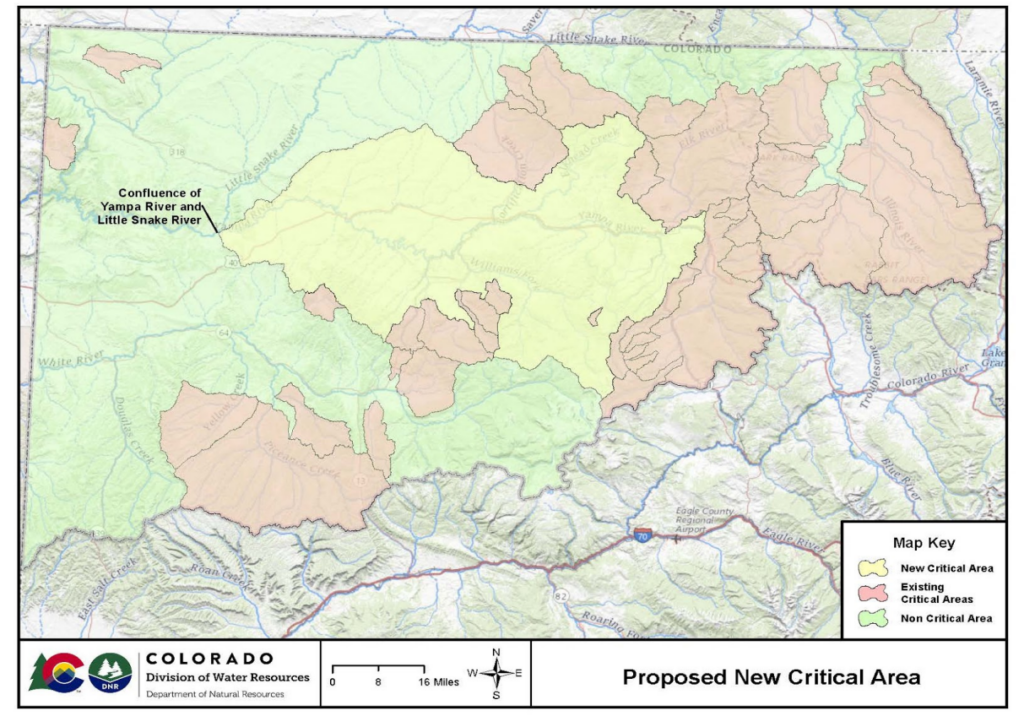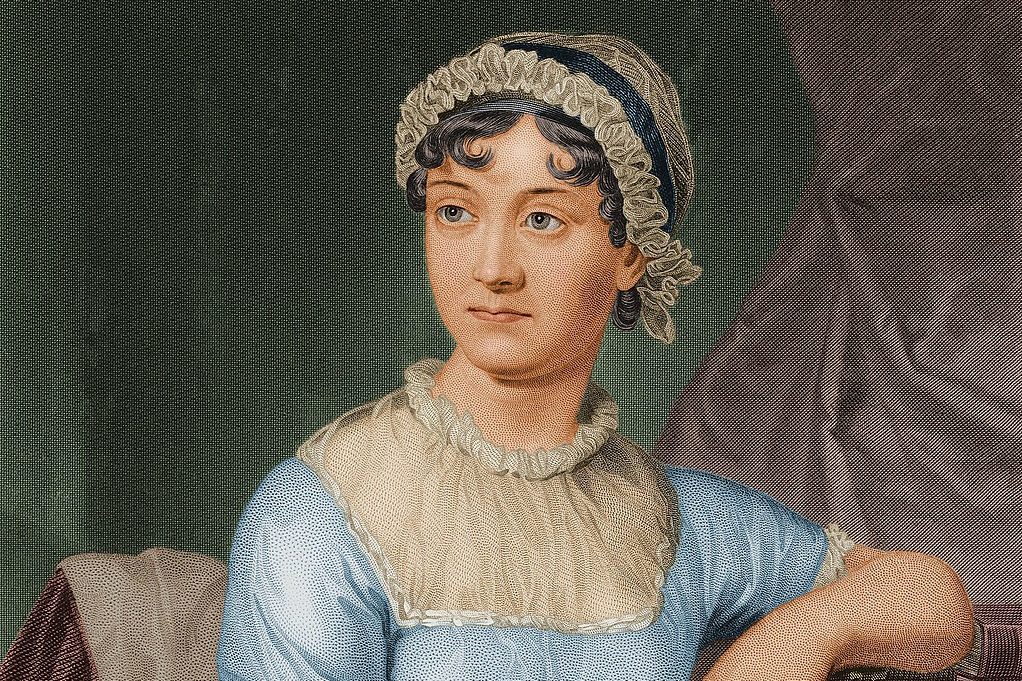
A growing demand for a shrinking water supply in northwest Colorado has led state water officials to officially declare most of the Yampa River as over-appropriated. The designation is a formal recognition there’s no longer enough water for everyone who wants it. That triggers changes in how the state will grant permits for new wells in the area.
Smaller sections of the upper Yampa and some of its tributaries have already been deemed over-appropriated, including the upper Yampa River when increased development in Steamboat Springs put more demand on the river. But as climate change and extended periods of drought continue to dry up the West, state engineer and director of the Colorado Division of Water Resources Kevin Rein said it was necessary to expand the designation to the lower part of the river, too.

The declaration will change how permits for groundwater wells are approved but doesn’t affect how the water that flows on the surface of the Yampa River and its tributaries is managed and used, Rein said.
Pumping water out of wells can reduce the flow of rivers at the surface. Those reductions weren’t a problem on the Yampa when there was plenty of water for everyone to use, so the state approved new well permits without concern. Now that the river has been declared over-appropriated, the state will consider how new wells could affect the overall water supply before issuing new permits, Rein said.
The change goes into effect in March and means people applying to build new wells or expand existing ones might have to prove to state regulators they can replace the water they use by submitting what’s known as an augmentation plan.
That is usually required in areas with water shortages and helps ensure new water users aren’t diminishing supplies controlled by users who hold senior water rights. Rein said the changes could affect land development in the area if new homes or agricultural operations need to secure an augmentation plan to use a new well.
Augmentation plans are obtained through water court, a process Rein said can be difficult for individuals to navigate. Rein said the Great Northern Water Conservancy District plans to create a blanket augmentation plan that water users could sign up for, like the Upper Yampa River Conservancy District has done in recent years.
The decline in the Yampa River’s flows has also prompted the state to now require water users in the area to measure how much water they use, as decades of climate change-fueled drought have diminished supplies on the Western Slope.
Related stories
- A giant loop water system around El Paso County might help utilities plan for the future
- Many people on the Front Range depend on water from the Denver Basin. But the underground supply isn’t infinite
- The second half of 2021 was the warmest in Colorado history, national data shows
- How to make an evacuation plan for fires, floods and other Colorado disasters









